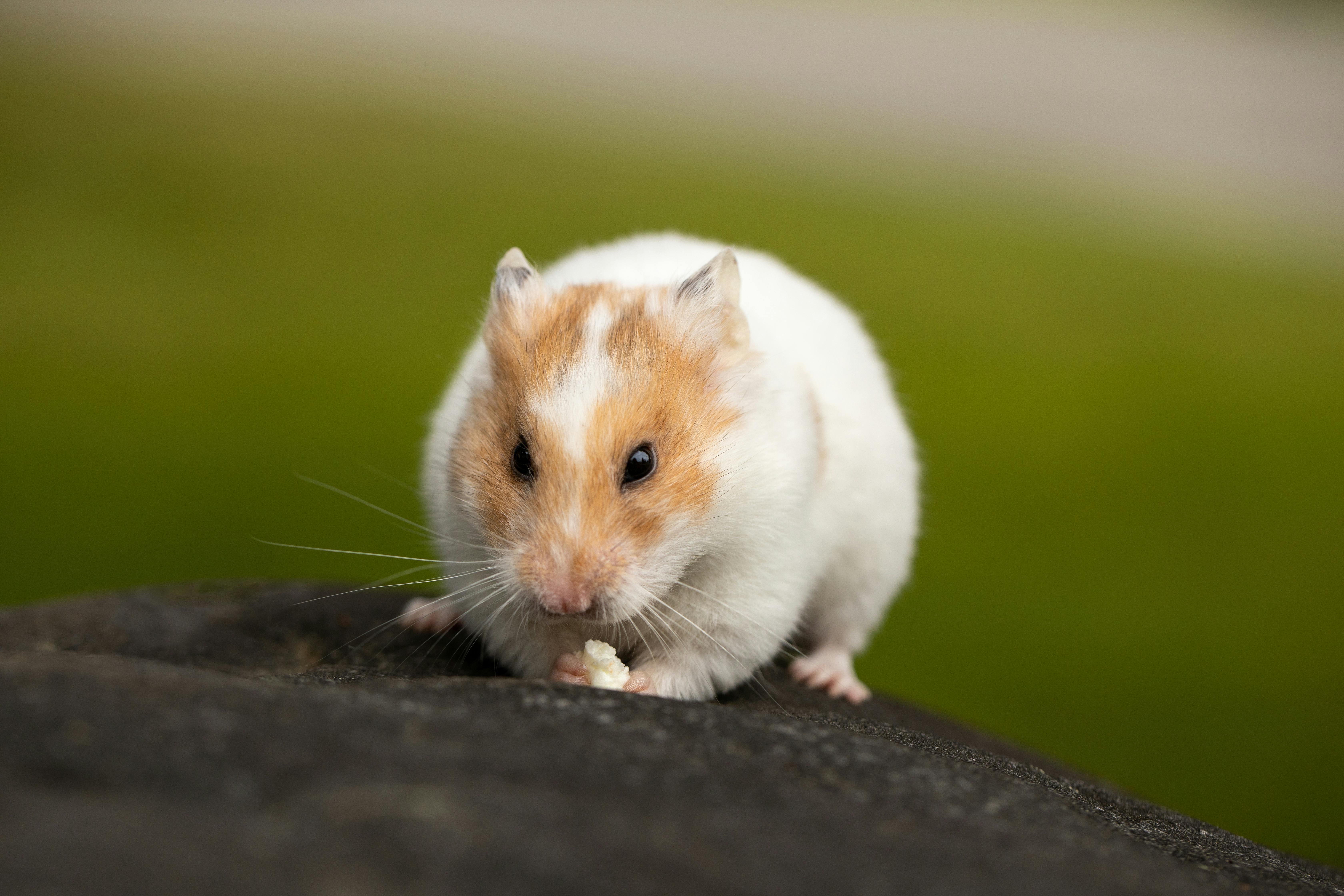Top 5 Differences Between Hamsters and Guinea Pigs: Understanding Your Pet Choices in 2025


Understanding Hamster and Guinea Pig Temperament
When considering a pet, understanding the **temperament** of hamsters and guinea pigs is crucial. **Hamsters**, particularly **Syrian hamsters** and **dwarf hamsters**, are known for being solitary creatures. They often prefer a quiet environment and may display territorial behaviors, especially if they feel their space is being invaded. In contrast, **guinea pigs** are inherently social animals that thrive in pairs or groups. Their interactions exhibit more playful and affectionate traits, making them more interactive companions. This fundamental difference in behavior impacts their suitability as pets, especially for families with children, as guinea pigs often enjoy being held and playing with their owners.
The Social Nature of Guinea Pigs vs. Hamsters
While **hamsters** can be engaging, they generally do not seek out companionship as **guinea pigs** do. For instance, **guinea pig breeds** like the American and Abyssinian enjoy socialization and benefit greatly from interactive playtime with not only their human caregivers but also their fellow guinea pigs. This natural inclination toward companionship means that they'll thrive if adopted in pairs, making them great for families looking for a pet that can form bonds with its owners.
Choosing Between a Solo and Social Pet
It's essential to weigh the **social behavior** of each pet type when making your choice. For parents considering a pet for their children, **guinea pigs** may represent a better option given their interactive playfulness and desire for social bonding, compared to the more independence-loving **hamster**. Understanding these differences can lead to a happier choice for both the pet and its family.
Feeding Habits: What's on the Menu?
One of the pivotal elements of **pet care** revolves around understanding their **dietary needs**. Both **hamsters** and **guinea pigs** have unique nutritional requirements due to their different digestive systems. **Hamsters** are omnivores and typically enjoy a diet that includes **rodent food**, fresh fruits, and veggies. They tend to hoard food, making it essential to monitor their feeding habits to avoid obesity.
Diet Comparison: Hamsters vs. Guinea Pigs
On the other hand, **guinea pigs** are herbivores and need a diet rich in hay, fresh vegetables, and the necessary enrichment, such as vitamin C. Unlike hamsters, they cannot synthesize vitamin C, making *supplements* a crucial addition to their care. Understanding these **feeding routines** will not only ensure that your pet stays healthy but can also aid in **avoiding common diseases** associated with poor nutrition.
Creating a Balanced Diet for Your Small Pets
Catering to the specific dietary requirements of **hamsters** and **guinea pigs** means investing in the right **pet supplies**, like fresh produce or specialized pellets. For example, creating a balanced diet for a **Syrian hamster** could include perennial favorites like sunflower seeds, while ensuring your **guinea pig** has alfalfa hay and leafy greens at their disposal. Monitoring pets' dietary habits aids in maintaining their health and wellness, so be mindful of what your furry friend consumes.
Habitat and Comfort: Differences in Housing Requirements
The **habitat setup** is a crucial consideration for both **hamsters** and **guinea pigs**. While both need comfortable spaces to thrive, there are notable distinctions in their housing requirements. **Hamsters** generally require smaller enclosures with various tunnels and bedding options that allow for burrowing, such as aspen or shredded paper. This provides an opportunity for them to express or engage in natural behaviors.
Building the Perfect Habitat for a Guinea Pig
In contrast, **guinea pigs** require larger, open habitats that enable plenty of room to roam and social opportunities. A multi-level cage can provide an excellent **environment** for these lively pets. Since they often enjoy **interactive toys**, consider incorporating these elements to enrich their living space. Good ventilation is essential, along with periodic cleaning for health safety.
Understanding Pet Comfort: Bedding Options
Choosing the right type of bedding can heavily impact the comfort of your **small pets**. For **hamsters**, soft bedding allows for nesting while absorbing waste. Conversely, **guinea pigs** thrive on materials that keep their space dry and comfortable, such as carefresh or fleece. Regular **vet visits** are advisable to ensure that both types of pets are healthy and that their habitats maintain an ideal environment.
Health Considerations: Lifespan and Common Diseases
Understanding the **lifespan** and potential **health issues** of **hamsters** and **guinea pigs** is vital for prospective owners. Hamsters generally live for about 2-3 years, while guinea pigs can reach 5-7 years with properly managed care. This variance fosters different levels of commitment, as guinea pigs require longer-term attention. Common health problems in **hamsters** include wet tail and respiratory infections, while **guinea pigs** often battle obesity and dental issues.
Regular Health Monitoring Techniques
Establishing a consistent routine for **pet health monitoring** will greatly benefit both species. Daily observations help in noticing changes in behavior which can be the first signs of distress. Always keep a lookout for signs of happiness, such as activity levels and grooming behaviors. If things seem off, adopting early intervention strategies can be comparatively easier and preventive of potential health issues.
Preventing Common Pet Health Issues
Understanding how to **troubleshoot pet issues** can save pet owners a lot of time and heartache. For instance, maintaining clean living environments can significantly reduce the risk of infections. Plus, regular health check-ups with a vet familiar with smaller pets will ensure both your **hamster** and **guinea pig** are healthy and happy companions for years to come.
Key Takeaways
- **Temperament** differences influence socialization needs: choose based on family dynamics.
- Feeding habits vary drastically - be sure to understand the specific dietary needs of each pet.
- Housing requirements differ: hamsters need more timid environments, guinea pigs thrive in open, social spaces.
- Health monitoring and early intervention are key to keeping either pet healthy and offering them a long life.
- Choosing the right pet should also involve considerations of the **pet care** commitment levels and expenses.
FAQ
1. How do I know if a hamster or guinea pig is right for my family?
Consider your family dynamics and pet interactions when choosing between hamsters and guinea pigs. If you prefer an interactive experience that includes social bonding, guinea pigs might be the best fit. Alternatively, if a low-maintenance, quieter pet aligns with your lifestyle, a hamster may be more suitable.
2. What are the best interactive toys for hamsters and guinea pigs?
For **hamsters**, consider tunnels, wheels for exercise, and chew toys to maintain dental health. **Guinea pigs** enjoy hideouts, tunnels, and chew toys that stimulate their innate curiosity, promoting exercise and mental well-being through interactive playtime.
3. What precautions should I take during hamster and guinea pig interactions?
Hygiene is crucial! Wash your hands before and after handling each pet to avoid transferring bacteria. Furthermore, introduce pets slowly in neutral spaces to assess interactions securely. Monitor closely for any signs of stress or aggression.
4. How often should I take my guinea pig or hamster for vet check-ups?
Both pets benefit from yearly veterinary visits as preventive care. However, they should also be taken to the vet immediately if any illness symptoms appear, ensuring their health remains a priority.
5. Are there specific health issues unique to either pet?
Yes, so it's important to research potential problems. Hamsters commonly face wet tail and diabetes, while guinea pigs are susceptible to dental issues and pet obesity. Ensure you understand these risks and plan accordingly for each pet.
